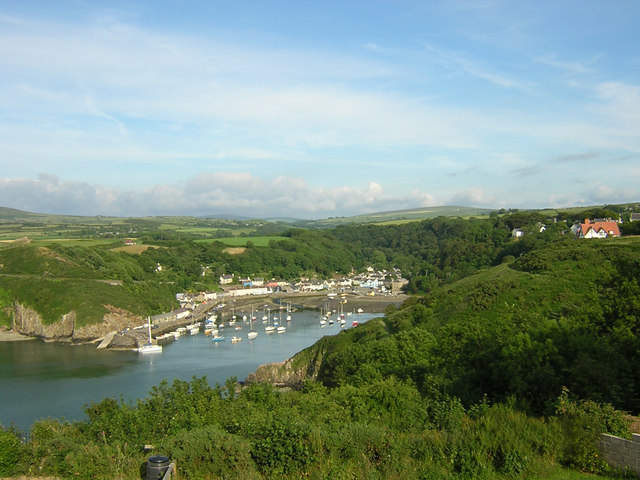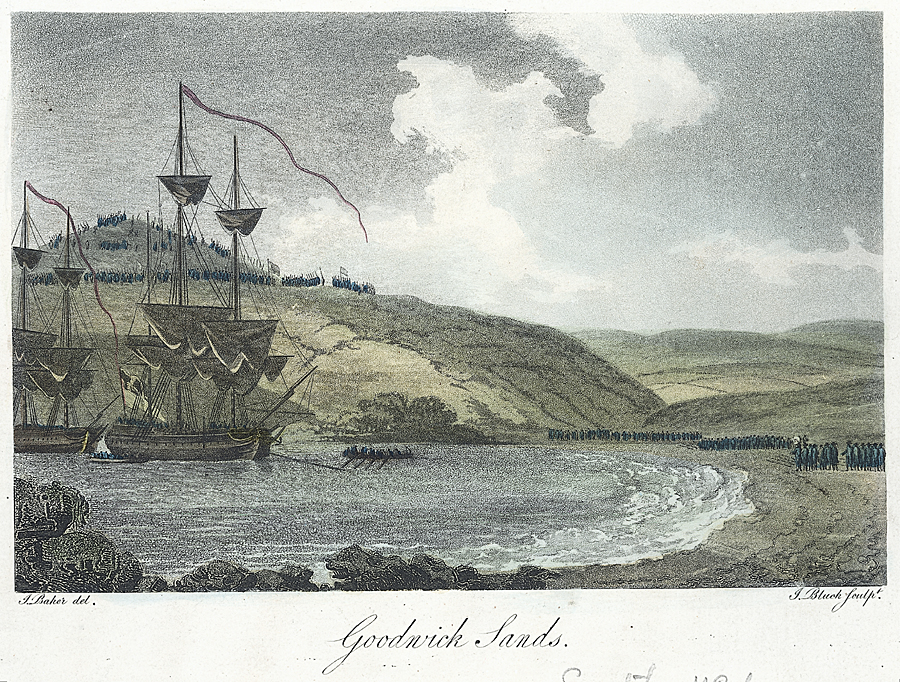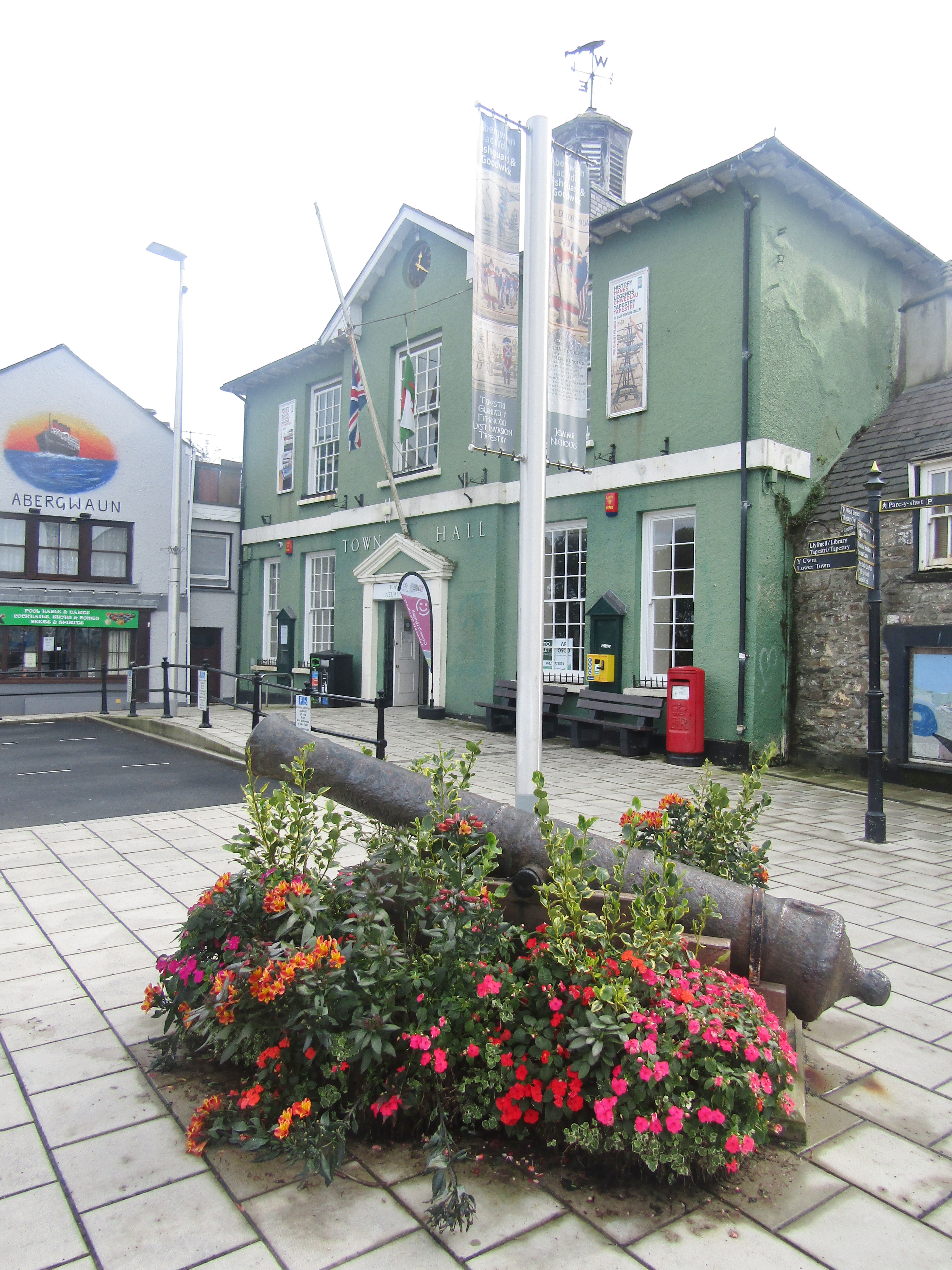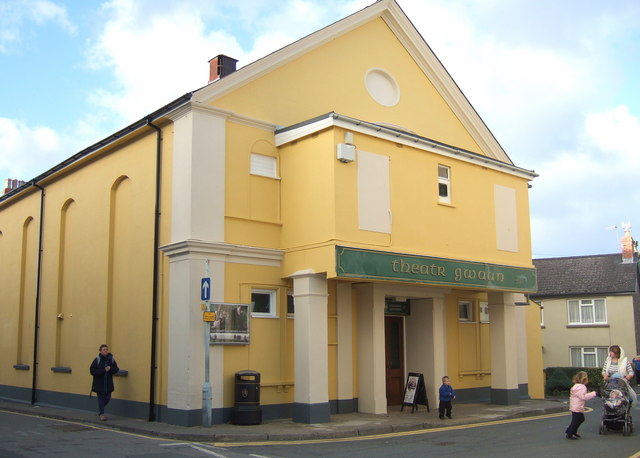Carreg Coffin
Island in Pembrokeshire
Wales
Carreg Coffin

Carreg Coffin is a small island located off the coast of Pembrokeshire, Wales. Also known as Coffin Rock, it is situated in the Celtic Sea, approximately 1.5 kilometers from the mainland. The island gets its name from its unique shape, resembling an upturned coffin when viewed from a distance.
Covering an area of just under half a hectare, Carreg Coffin is a rocky outcrop with steep cliffs on all sides. The island is uninhabited and lacks any significant vegetation, making it a stark and desolate landscape. It is primarily composed of volcanic rock, which adds to its rugged and dramatic appearance.
Although Carreg Coffin is small in size, it has attracted attention due to its historical significance and geological features. It is believed to have been a place of burial during the Bronze Age, with evidence of ancient cairns and burial mounds found on the island. These archaeological remains provide insights into the prehistoric communities that once inhabited the area.
The island also serves as a nesting site for various seabirds, including guillemots, razorbills, and kittiwakes. It is an important breeding ground for these species, and birdwatchers often visit to observe and study their behavior.
Access to Carreg Coffin is limited and can be challenging, as there are no regular ferries or boats that operate to the island. However, it is possible to view the island from the mainland, particularly from viewpoints along the Pembrokeshire Coast National Park.
If you have any feedback on the listing, please let us know in the comments section below.
Carreg Coffin Images
Images are sourced within 2km of 52.001515/-4.9677945 or Grid Reference SM9637. Thanks to Geograph Open Source API. All images are credited.





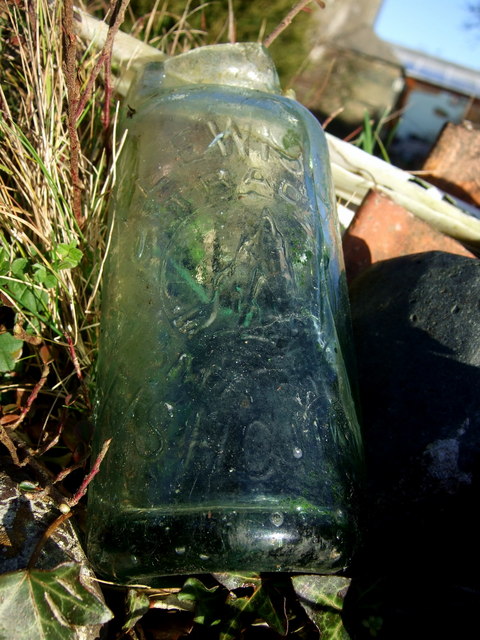
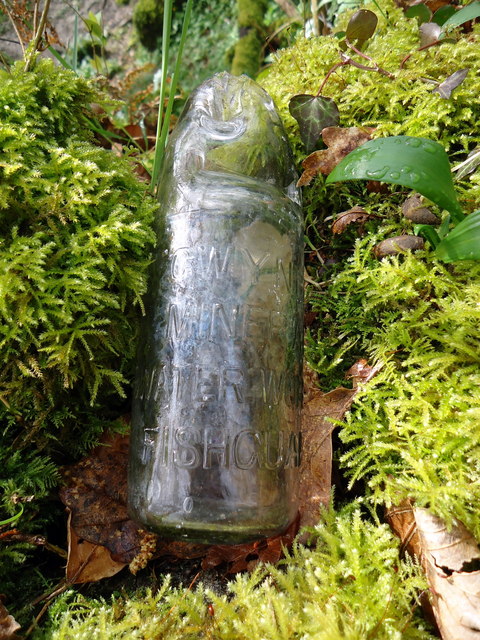


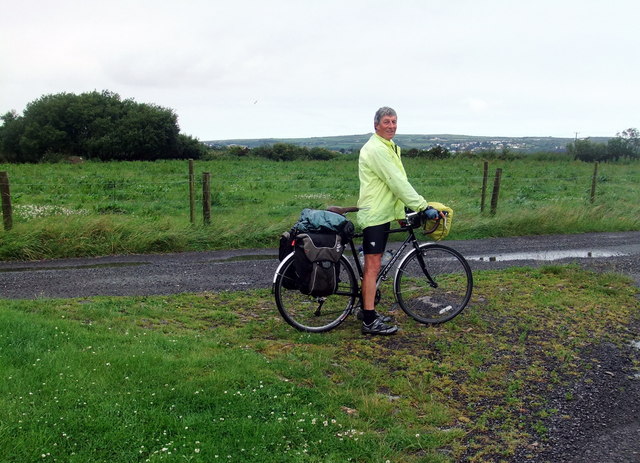
Carreg Coffin is located at Grid Ref: SM9637 (Lat: 52.001515, Lng: -4.9677945)
Unitary Authority: Pembrokeshire
Police Authority: Dyfed Powys
What 3 Words
///extend.rails.novelists. Near Fishguard, Pembrokeshire
Nearby Locations
Related Wikis
River Gwaun
The River Gwaun (Welsh: Afon Gwaun, "Gwaun" meaning 'marsh, moor') is a river in Pembrokeshire, West Wales, which flows west to the sea at Fishguard (Welsh...
Battle of Fishguard
The Battle of Fishguard was a military invasion of Great Britain by Revolutionary France during the War of the First Coalition. The brief campaign, on...
Fishguard
Fishguard (Welsh: Abergwaun, meaning "Mouth of the River Gwaun") is a coastal town in Pembrokeshire, Wales, with a population of 3,419 in 2011; the community...
Fishguard Town Hall
Fishguard Town Hall (Welsh: Neuadd y Dref Abergwaun) is a municipal building in the Market Square, Fishguard, Pembrokeshire, Wales. The structure, which...
Theatr Gwaun
Theatr Gwaun is a cinema/theatre in Fishguard, Pembrokeshire. Built in 1885 as a Temperance hall, it was briefly converted for use as a school in January...
Fishguard and Goodwick
Fishguard and Goodwick is the name of a community that wraps around Fishguard Bay, on the northern coast of Pembrokeshire, Wales. It comprises the two...
Ysgol Bro Gwaun
Ysgol Bro Gwaun (formerly Fishguard County Secondary School) is a secondary comprehensive school in the town of Fishguard in north Pembrokeshire. It is...
Goodwick
Goodwick (; Welsh: Wdig) is a coastal town in Pembrokeshire, Wales, immediately west of its twin town of Fishguard. Fishguard and Goodwick form a community...
Nearby Amenities
Located within 500m of 52.001515,-4.9677945Have you been to Carreg Coffin?
Leave your review of Carreg Coffin below (or comments, questions and feedback).





